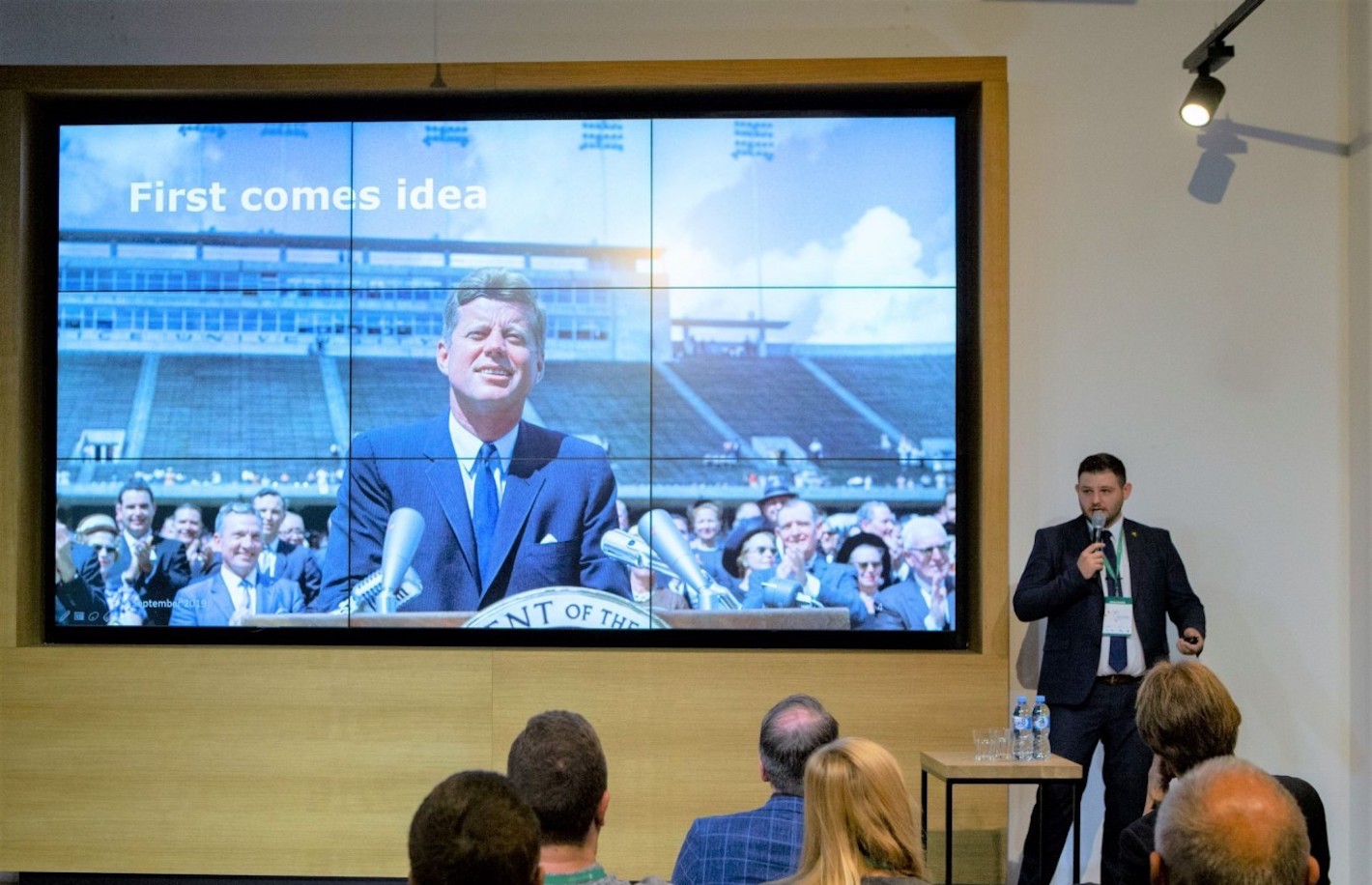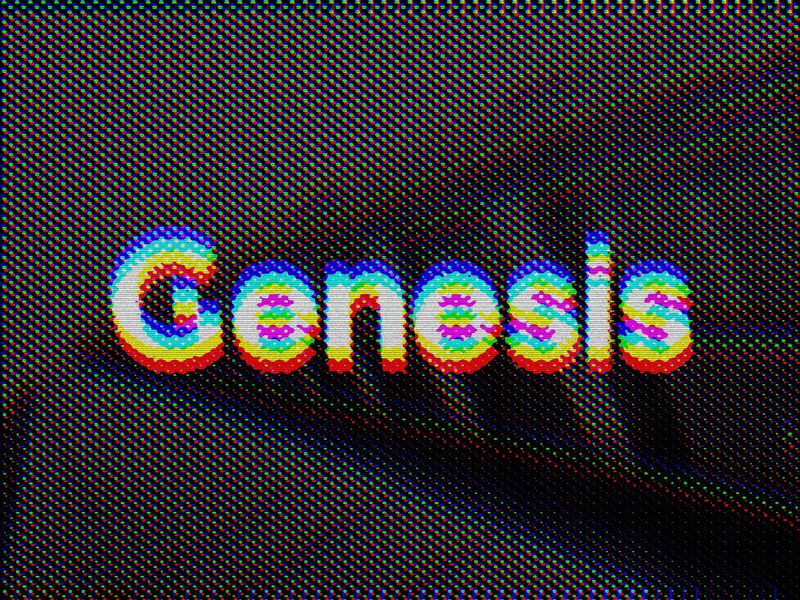Loyalty, Memberships and Ticketing: How NFTs Will Bring About Mass Adoption
As the crypto market faces new challenges and market downturn, many are looking elsewhere for glimmers of what the future of decentralization and blockchain technology will be.
Non-fungible tokens (NFTs), particularly in the form of profile pictures (PFP) collections, experienced a boom in sales in 2021. Many adopted these colorful JPEGs as a reflection of their digital identities and built communities as Web3, or the next iteration of the internet, began to take shape.
But as trading NFTs has slowed, the conversation has shifted away from the short-term value of NFTs and chasing hype cycles to the long-term utility of holding on to these tokens for the long haul.
Many brands have already started exploring the creative use cases of NFTs and how these digital tokens can be utilized for more than just quick investment opportunities. Companies are now looking at NFTs as a way to build stronger relationships between brands, creators and consumers by tying rewards to long-term ownership.
For example, GQ released an NFT-linked magazine subscription in February, while sports outlet Sports Illustrated released an NFT ticketing program in May. Meanwhile, Starbucks launched its’ Odyssey Web3 loyalty program in beta in October, rewarding its most loyal coffee drinkers for digital engagement.
Top of mind for these popular mainstream brands is bringing in new customers who looking for richer brand experiences, without compromising on integrity or creating complicated onboarding procedures. For some thought leaders, loyalty programs, memberships and ticketing opportunities are the clearest use cases for NFTs and present a path forward for onboarding the most new users into Web3.
This piece is one of three in a series about the path to Web3 mass adoption. Read the case for entertainment here and gaming here.
Loyalty programs, or points-based systems such as Delta Airlines’ Skymiles or makeup retailer Sephora’s Beauty Insider program, reward customers for purchasing a brand’s goods and services. According to a July 2022 survey by LendingTree, at least 8 in 10 Americans are members of at least one loyalty program. Matt Schulz, LendingTree’s chief credit analyst, said in the report that consumers often look to loyalty programs for better discounts, shorter routes to earning free goods and exclusive deals.
NFTs have found a place within these systems for their ability to create a community around a brand, as seen in blue-chip collections such as Bored Ape Yacht Club (BAYC), Moonbirds, or Goblintown. They’re also helping reshape the incentive-driven, transactional nature of Web2 loyalty programs by bringing digital identity and ownership to the table – new components of loyalty programs enabled by blockchain technology.
Tara Fung, CEO and co-founder of Web3 infrastructure company Co:Create, told CoinDesk that NFT loyalty gives users opportunities to more closely connect with the brands they love. On the flip side, brands can more effectively connect and engage with their audiences.
“Because loyalty is a known concept that specifically means retention marketing, it can be so much more than that by integrating Web3 as part of the tech stack,” said Fung. “The value that Web3 brings as part of the tech stack is that it introduces a greater degree of ownership of someone’s loyalty.”
In building out new blockchain loyalty programs, Fung noted that there needs to be a careful balance between providing services to people already engrossed in Web3, often referred to as Web3-natives, without turning off potential new users.
“It’s still a balance. It’s still a trade-off,” said Fung. “But we’re trying to serve those two needs of helping anyone engage with, and experience Web3 at first, and ensuring that the Web3-native user feels like these are actually my assets and I can take them with me wherever I go.”
For companies seeking to add Web3 loyalty benefits to existing goods and services, onboarding is often a pain point. It’s at the forefront for Blackbird, a restaurant loyalty program builder that offers benefits to frequent diners of restaurants.
Ben Leventhal, founder and CEO of Blackbird and former co-founder and CEO of reservation platform Resy, told CoinDesk that he sees NFTs as the most effective mechanism for engaging and rewarding restaurant-goers for their brand loyalty.
Blackbird’s NFT loyalty program is simple: when a diner eats at a restaurant supported by Blackbird, they immediately receive an NFT minted into a unique backend wallet marking their “proof of dining.” Each time they return to that restaurant, the NFT morphs into a new token with added rarity traits.
“Generally speaking, we think about loyalty and connectivity, but also making a restaurant feel magical and exciting, for building long-term engagement and the relationship between restaurants and guests,” said Leventhal.
Blackbird, along with many other projects utilizing blockchain technology, has taken the approach of removing the jargon associated with Web3 in order to be as welcoming to new users as possible. For example, some companies, including Nike and Starbucks, have chosen to forgo the use of the word NFT in their marketing materials and have called their offerings “digital collectibles” and “tokenized assets” instead.
In building Blackbird, Leventhal aims to “abstract” the blockchain technology and terminology away from the user experience in order to put engagement at the forefront of its branding.
“99% of restaurant goers are not engaging with Blackbird because they want to engage with a Web3 company, they’re engaging with Blackboard because they want to engage with a restaurant,” said Leventhal.
If there’s one thing that the fiasco surrounding pop star Taylor Swift’s Eras Tour ticket sales accomplished, it exposed large flaws across the entire mainstream ticketing industry. From faulty platforms, to duplicate tickets, to exorbitant resale prices, Swifties and other fans often face major barriers to obtaining tickets.
NFT ticketing provides a solution to some of the issues currently plaguing the events industry.
David Marcus, EVP of music at Ticketmaster, explained that artists can use token-gated ticketing as a way to better control how their tickets get to fans. For example, metal band Avenged Sevenfold, through Ticketmaster, offered exclusive tickets to their live show for holders of its Deathbats Club NFT collection.
“Any artist who is minting their own NFTs can explore token-gated sales, which can be used to help match token holders with premier seats, pre-show experiences or to simply give first access to all tickets on an upcoming tour,” he told CoinDesk, adding that there is also a growing trend of NFTs being used as “mementos to commemorate and relive live experiences.”
In order for NFT ticketing to evolve and grow, Marcus said that the capability “requires activated communities in Web3, which are still growing in wider scale adoption.”
Lead vocalist of Avenged Sevenfold Matt Sanders, also known as M. Shadows, told CoinDesk that while NFTs are not necessary for every type of event, they do provide fans with greater options that ease some of the pain points of buying and selling tickets.
“What we really need is to give fans an option: they should be able to easily transfer or sell their tickets” he told CoinDesk. “They shouldn’t need to have a physical ticket, which is easy to lose. And they shouldn’t pay exorbitant fees – which often include shipping and processing fees.”
Alfonso Olvera, CEO of NFT-gated experience company Tokenproof, explained that NFT tickets can provide benefits to holders, such as on-chain verification of ownership, rewards for attendance, artist royalties for secondary resale and even benefits from sponsors of events.
While Web3 ticketing is still in its early development stages, Olvera is confident about the future of the industry, though he sees it as necessary to start with smaller-scale events in order to garner attention before the tech goes mainstream.
“They don’t have this huge technology,” said Olvera. “And so those are the areas where we’re looking to first demonstrate the benefit of proper NFT ticketing and then take it into the broader market.”
While the strategy to start small might make sense, notable players are already stepping into the Web3 ticketing space. In May, athletics magazine Sports Illustrated launched SI Box Office, a self-service event management and blockchain ticketing platform that helps events create and sell NFT tickets. Partnering with blockchain-software company ConsenSys, the tickets are all minted on the Ethereum sidechain Polygon.
“The one thing that we know is how important the live event is for fans,” David Lane, CEO of SI tickets, told CoinDesk. “Instead of building a legacy barcode infrastructure, we looked at NFT ticketing – not only do we believe it is the future of live events, but because we’re not supporting legacy infrastructure, we had the opportunity to build 100% on-chain.”
For Lane, NFT ticketing can serve as the gateway for fans to explore blockchain technology and become more comfortable with Web3 events.
“This is the opportunity for that consumer – when they come across it tomorrow – to see something that’s on-chain and experience a token-gated opportunity, crypto, or anything that the Web3 community is really trying to say,” said Lane. “It’s that first entry point, that first NFT experience to check that box.”
In addition, SI Box Office aims to make traditional entertainment or media brands more comfortable with entering Web3, bringing their audience along for the ride.
“We’re waiting for a global, iconic brand, to come into the Web3 community and create something that everybody can really use,” said Lane. “We look at this as we help partners, strategic vendors, community events, artists and teams. If we can find partnerships, we can help create the onboarding into the Web3 community and show all of the amazing things that an on-chain experience can actually do for it.”
Beyond loyalty programs, some brands are using NFTs as a membership for entry into an entire ecosystem. These ecosystems not only provide users with unique experiences or perks, but also create pathways for communities to flourish.
Meral Arik, co-founder of Web3 membership platform Passage Protocol, told CoinDesk that Web3 memberships vary in structure and execution across brands and platforms – whether it grants holders access to a decentralized autonomous organization (DAO) or a real-world social club. Smart contracts help power these memberships, acting as a “digital deed” to signify one’s affiliation to an ecosystem.
“When a consumer owns a membership NFT, they can feel like they own a piece of the brand, community or ecosystem that the NFT represents,” said Arik. “As a result, consumers feel more emotionally and/or financially incentivized to drive value to that ecosystem – whether that means purchasing more products, interacting on socials, or evangelizing to friends.”
Arik said tokenized memberships can also reward members for long-term participation in the ecosystem. She noted that Passage Protocol builds dynamic NFTs, which are tokens that develop over time as holders engage with a brand.
More importantly, she said that membership NFTs can be used to enhance already existing loyalty infrastructure without scaring away mainstream users with technical language.
“If executed correctly, a membership NFT can be a powerful tool or component to a modern membership program and it does not need to be the marketed focus of that program,” she said.
Web3 beauty company KIKI World has built a brand around a burgeoning community of makeup lovers who better want to connect with the makers behind their favorite products – and in the process, help make them.
Using the tech stack built by Co:Create, the KIKI World Membership Pass is an NFT that grants holders access to a DAO where they can pitch ideas for products, vote on upcoming releases and attend exclusive events and experiences.
Brendon Garner, co-founder and chief marketing officer of KIKI World, told CoinDesk that membership programs can use blockchain technology to gamify the user experience and create a more delightful interaction.
“Traditional loyalty and membership spaces have operated like, ‘you get an email discount code one day before the broader public’ or ‘you have some points in Sephora that you can use,’ but is it really that much of an engaging experience?” said Garner. “We set out to use language that’s familiar but really create tangible impact out of the gate by rewarding anybody that signs up to be a KIKI World member.”
While NFTs help power the KIKI WORLD membership, the DAO component of their strategy has helped to foster a more interactive community structure – mirroring IRL membership programs but with the added benefits and security of blockchain technology.
“From a conceptual level and from a philosophical level, I think it’s very important to be able to reward those who contribute the most and provide them with the ability to actually have an impact on areas that they’re passionate about,” said Garner.
As we look toward the future, tools like NFT loyalty programs, membership rewards or token-gated ticketing provide a robust framework for brands and consumers to ease into Web3. Using NFTs, brands can build a community around their products and connect and reward their most loyal fans for long-term engagement.
Brands can utilize these tools stealthily without turning off new users by focusing on finding the right fit for the technology rather than hopping on a short-term trend. And NFTs don’t need to be marketed as the focus of a brand campaign or Web3 strategy, but instead can be used as a tool to enhance existing programs, inviting mainstream users into the fold in a meaningful and sustainable way.
Edited by Rosie Perper.









